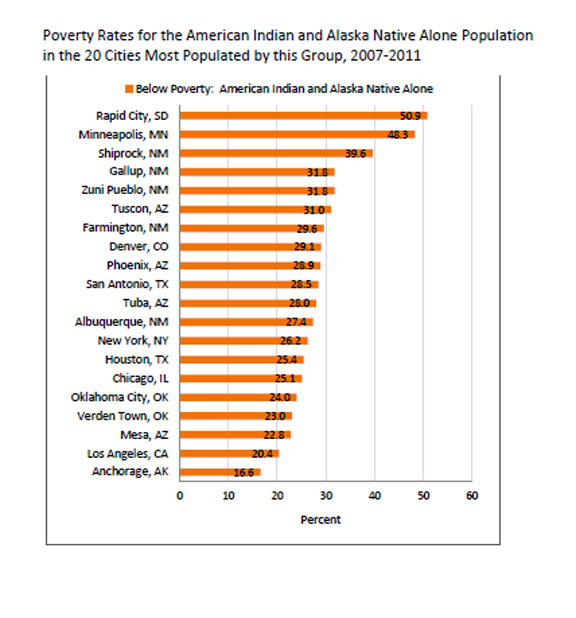Washington state would see federal funding cut for everything for teacher’s aides for disabled kids to immunizations if Congress can’t reach a budget agreement.
By Lynda V. Mapes and Sanjay Bhatt, Seattle Times staff reporters
From fewer immunizations to classrooms without teachers aides for children with disabilities, Washington state could feel the reduction of millions of dollars of federal aid if Congress can’t reach a budget compromise, a White House report released Sunday says.
Unless Congress acts by Friday, a series of automatic budget cuts, called sequestration in D.C. budget-speak, will take effect, adding up to $85 billion nationally over the course of the remaining fiscal year, through September.
The Senate is to consider bills this week that would avoid the cuts. Meanwhile, the White House on Sunday released the list of potential budget reductions, state by state, as part of its stepped-up campaign to prod Congress to act.
Some state agencies that rely heavily on federal funding would be particularly hard hit.
“My budget is 53 percent federal, and the amount of state and local dollars has also declined,” Mary Selecky, secretary of the state Department of Health, said Sunday.
The cuts would mean a more than 8 percent reduction in her agency’s funding, or $22 million in a department that has already seen a 38 percent cut in state money over the past six years, Selecky said.
Under an analysis prepared by her agency, about half of the new round of federal cuts would come out of food and nutrition programs for infants and pregnant women.
Cuts in federal immunization funding could also mean that 4,451 fewer kids receive vaccinations. Other core services, from breast- and cervical-cancer screening to inspections of health-care facilities and drinking-water protection, would be reduced.
Selecky said public-health budgets are already so tight that further reductions would put people’s health at risk. “Bugs don’t know boundaries, and they don’t know political parties, or that our budget is tight,” she said.
Other reductions in Washington state outlined by the White House include:
• $11.6 million for primary and secondary education, putting 160 teacher and aide jobs at risk. An $11.3 million reduction would jeopardize the jobs of 140 teachers, aides and staff working with children with disabilities.
In addition, around 440 fewer low-income students would receive aid to help them finance the costs of college, and about 1,000 children would be cut from Head Start and Early Head Start services.
• $3.3 million to help ensure clean water and air, and to prevent pollution from pesticides and hazardous waste. In addition, Washington could lose $924,000 in grants for fish and wildlife protection.
• Furloughs for 29,000 civilian Department of Defense workers that would reduce gross pay by
$173.4 million. Army base operation funding would be cut $124 million.
• About $271,000 in grants that support law enforcement, courts, crime prevention and education, corrections and community corrections, drug treatment and enforcement, and crime victim and witness initiatives.
• $661,000 for job-search assistance, referral and placement. Up to 800 disadvantaged and poor children could lose access to child care, and $1 million could be lost for meals to seniors.
Not mentioned by the White House was money to clean up the Hanford nuclear reservation, where last week six tanks holding radioactive material were found to be leaking. The budget cuts could lead to up to 1,000 cleanup workers facing furloughs of up to six weeks, the state says.
“Our concern is anything that slows down cleanup,” said Dieter Bohrmann, spokesman for the nuclear-waste program at the state Department of Ecology. “We need to keep progressing and avoid further delays, especially with the news of additional leaking tanks.”
The list from the White House includes other possible cuts nationally, including reductions for health research through the National Institutes of Health and the National Science Foundation, as well as cuts in aviation safety, air traffic control and security. The White House did not say how those cuts would affect the state.
The looming cuts are the result of failed attempts by Congress and President Obama to tame the federal budget deficit, beginning back in 2011. The automatic cuts now facing the country are just the start of more than $1 trillion in across-the-board reductions that would be imposed on domestic and military spending over the next 10 years.
Rep. Mike Rogers, R-Mich., chairman of the House Intelligence Committee, said on ABC’s “This Week” that the worst of the cuts could be alleviated with some flexibility. “We can get all through this,” he said. “The best way to do it is just allow flexibility.”
White House spokesman Jay Carney has insisted for weeks that the agencies have no flexibility. Administration officials did not respond to questions Sunday about whether they would support a change in law to gain flexibility.
Some analysts outside government said they are optimistic a compromise budget solution would be reached before long, mitigating or at least redirecting the cuts.
“My suspicion is this is a game of poker. People in Congress will step up to the plate,” Anthony Chan, chief economist for JPMorgan Chase’s wealth-management service, said in an interview Friday.
He’s not worried if Congress can’t reach a deal right away. “It’s not the end of the world if it takes a couple weeks, a couple months,” he said.
The combination of sequestration, higher payroll taxes and the “fiscal-cliff” deal reached by Congress late last year will shave
1.5 percentage point off the U.S. economy’s growth in 2013, Chan said, but that’s not reason for panic.
The important thing, he said, is for Congress to reach a deal that will eliminate the pall of uncertainty looming over American businesses and holding back their decisions to invest and hire.
Even if the spending cuts produce short-term job losses, the Seattle metro area is outperforming the national average in job growth, Chan said. The area saw 2.9 percent annual job growth in 2012, compared with
1.6 percent nationally.
Construction, manufacturing and the leisure-and-hospitality industries were responsible for a huge part of the area’s job growth. Chan said those numbers, along with a rebound in housing values here and nationally, indicate the nation’s economy is coming back.











